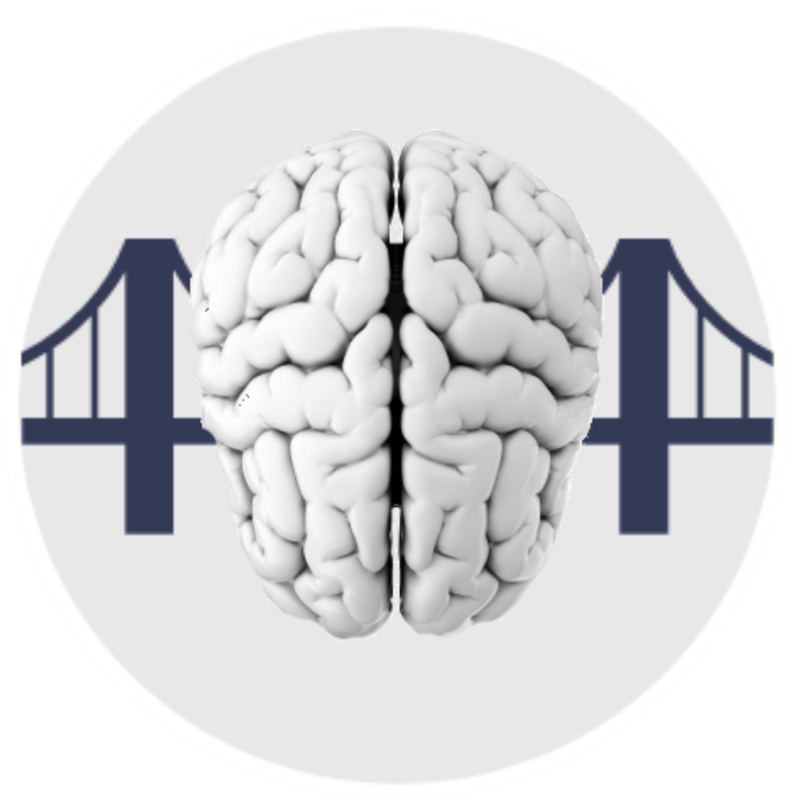Brain Bites
Best Strategies for Studying and Test-taking According to Brain Research
by Janet Zadina on 05/03/23
Studying ahead of time
Fire it until you wire it! Each time you go over material, synapses and dendrites are strengthened – meaning memory is strengthened and becomes more accessible. Repeat, repeat, repeat.
Spaced repetition is best. Learning doesn’t take place in the moment you are studying; it takes place during consolidation time – sleeping, relaxing, or a mental break. Break up studying into segments with breaks. Ideally, you would review daily but set as many spaced reviews as you have time now.
As Medina says, “vision trumps everything!” Make the material as visual as possible. Create mind maps, color code, draw pictures, or make diagrams. Do whatever you can to make it as brief and visual as possible. The visuals will store more easily in the brain and be more accessible. This also provides repetition.
Teach it to another. Many tests do not simply ask you to recognize (such as multiple choice); they ask you to recall. That means the memory must be reassembled every time from various parts of the brain. You must form the articulatory loop (be able to express it in speech or in writing). To test yourself on this, explain it to a study buddy. This also provides the repetition that is important.
12 hours leading up to the test
If you have to choose between more studying and sleep, choose sleep. Research shows that an hour or so of extra study time is not worth sleep deprivation. There is a significant amount of research showing that naps or night sleep improve learning (strengthening the brain pathways). Plan accordingly.
Do not do anything cognitively demanding (requiring attention and concentration) prior to the test. You do not want to go into the test with mental fatigue. For 50 years or so teachers have told students not to study right before the test and research shows that is correct. Stay off social media and don’t do hard mental work. Arrive mentally refreshed.
Exercise improves memory!! If you want your brain in its best state, take a walk prior to the test. You may just have to walk the halls in the building but if you can get outside and walk, that is even better.
Take a few slow breaths to calm down and get your frontal lobes working their best. Put your hand on your belly and breathe through the belly, not your upper chest. Breath slowly and deeply. See if you can count to six while breathing in and six while breathing out for a few breaths.
If you have experience meditating, do a 10-minute meditation prior to going to the classroom for the test. This rests and strengthens the frontal lobes and reduces anxiety.


